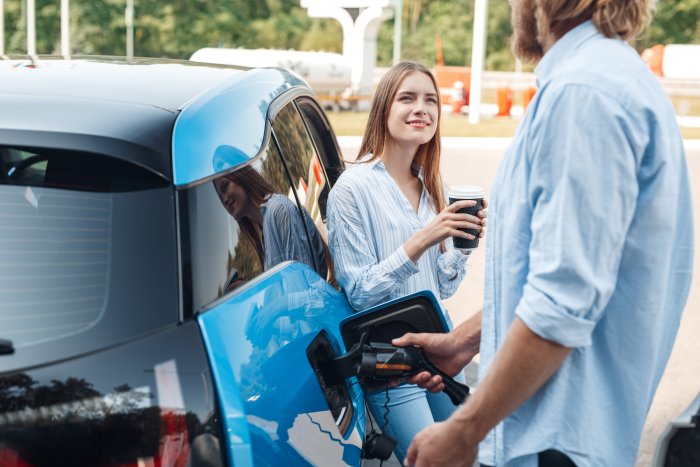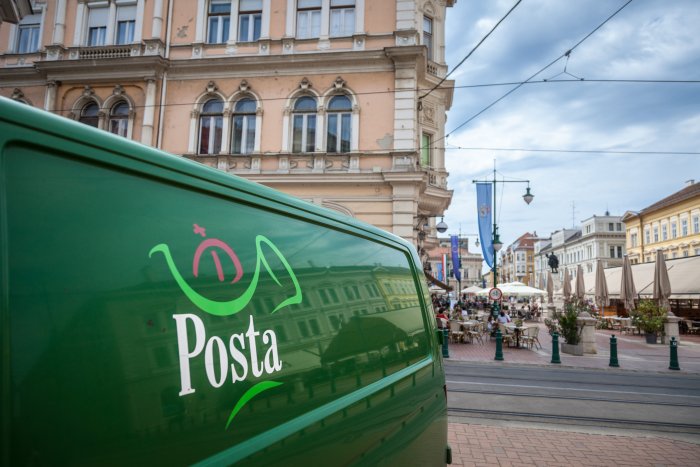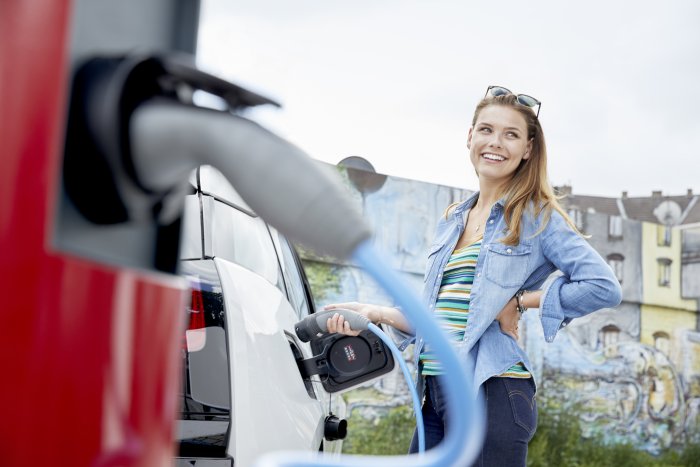Factors Need Tackling Before EV Mass Adoption can Occur

Viktoriia Hnatiuk/Shutterstock
Electric vehicles sales are picking up and the hunger for this green transportation is real. However, technology-wise, EVs need some further development to reach mass adoption and become a worthy competitor of the internal combustion engine.
Photo by Viktoriia Hnatiuk/Shutterstock
While the coronavirus left a dent on new car registrations in the first half of 2020, numbers dropping by 25% year-on-year to 67,725, EVs saw an electrifying start to the year, according to data by the Hungarian Association of Vehicle Importers (MGE). The number of new electric car registrations was up 22% to 1,183 in January-July 2020, compared to the same period a year earlier.
Publishing its data early in September, MGE pointed out that government support for buying electric cars proved so popular the HUF 5 billion it had set aside ran out within 15 minutes on the first day of the scheme on May 30. Hence, the association underlined that the extension of the scheme could further boost the electric vehicle market.
Attending a conference organized by German truck maker MAN and Hungarian vehicle importer Porsche Hungaria in Zalaegerszeg on September 10, Minister for Innovation and Technology László Palkovics acknowledged the demand.
He said the Hungarian government is planning a vehicle subsidy program similar to the one it ran in spring when, in less than a quarter of an hour, 662 private individuals and 738 companies (including taxi drivers), applied for the subsidies that were capped at HUF 2.5 million for EVs up to HUF 11 mln, while those priced between HUF 11 mln and HUF 15 mln were eligible for just HUF 500,000 of support.
Palkovics said that the funding had recently been topped up by HUF 882 mln before the cut-off date to make sure all who applied and were eligible could get the subsidy. The minister tagged electromobility as a key area for Hungary to achieve its climate change goals.
In 2019, when new passenger car registrations in Hungary finally returned to levels last seen before the global economic crisis of 2008-2009, 2,900 new electric vehicles were registered, according to Central Statistical Office (KSH).
Environmentally-conscious
The interest of motorists in Hungary has increasingly moved towards electric vehicles in recent years. This positive attitude is largely driven by the spread of environmentally-conscious thinking, subsidies for electric cars, and the benefits and incentives coming with a vehicle that sports a green license plate, such as free parking in certain areas or cheaper insurance fees.
Nevertheless, electric vehicles need to overcome three objections before mass adoption can become a reality. First, it appears unsustainable in the long-term that electric vehicles are so pricey that people can only afford to buy them with the help of government subsidies and support schemes, an argument supported by all allocated funds being exhausted in a mere 15 minutes.
Second, the range of electric cars still lag far behind anything equipped with an internal combustion engine. As a rule of thumb, an average electric car today can run for somewhere between 200-300 kilometers on one charge.
Should the person behind the wheel drive in a sportier manner, have the lights on and use the radio, draining the battery heavily, and the range narrows drastically. Limited mileage makes an extensive recharging infrastructure all the more important.
And that is the third issue: Hungary’s existing infrastructure currently makes charging a challenge. On average, there are 1.5 chargers per every 100 kilometers in Hungary. That is not enough, especially when you factor in the scarce availability of fast chargers, which can fully juice up an electric car in a maximum of one hour as compared to slower units that need require about six hours. Furthermore, charging plugs are not standardized.
While standardizing and making the charging infrastructure denser, with more fast chargers, is a task that Hungary could handle in-house, the batteries themselves need to be tackled globally.
A large element of an EVs high price is down to the battery, as research, development and manufacturing of this key part are all expensive. As long as car manufacturers cannot solve the conundrum of cheaper batteries that can power cars for longer journeys, electric cars will remain pricey and less appealing to those who travel long distances.
Battery Progress
There is progress in this regard in Hungary, though. South Korean-owned SK Battery Manufacturing Kft. has started recruiting and training staff for its EV battery plant in Komárom at the end of August.
Trial production at the plant, which was started in February 2019 through a HUF 239 bln investment, is scheduled to start in Q4 2020. Total headcount is set to reach 1,400 by 2022 in the factory that will turn out third-generation EV batteries keeping a charge for 500 kilometers (due to a combined capacity of 10 GWh) for more than 140,000 cars a year.
SK Battery Manufacturing Kft. is a unit of SK Group, South Korea’s biggest energy and chemicals company. The group CEO, Kim Jun, told journalists at the CES in Las Vegas in January 2020 that the capacity of the Hungarian plant would be expanded further to 16 GWh to meet demand from Volkswagen, according to state news agency MTI.
Recent developments in EV batteries show positivity for the market. When Fitch Ratings affirmed Hungary’s “BBB” sovereign rating with a stable outlook at a scheduled review in mid-August, Fitch said it expects capacity expansions in the automotive sector related to electric vehicles and EV batteries would “largely remain on track”.
Micromobiliy, the use of bicycles, situp and kick scooters, can also bring new verticals to electric transport. As electric bikes and scooters are increasingly becoming fashionable, they can become a valuable addition to the 21st century’s transport mix, especially in urban areas where distances are short and charging is easy.
However, this is also dependent on a reliable legislative framework, where liability is sorted and safety is ensured. Electric scooters may look like techy toys, but they can be capable of speeds of 40 km/h, and need to be regulated accordingly.
SUPPORT THE BUDAPEST BUSINESS JOURNAL
Producing journalism that is worthy of the name is a costly business. For 27 years, the publishers, editors and reporters of the Budapest Business Journal have striven to bring you business news that works, information that you can trust, that is factual, accurate and presented without fear or favor.
Newspaper organizations across the globe have struggled to find a business model that allows them to continue to excel, without compromising their ability to perform. Most recently, some have experimented with the idea of involving their most important stakeholders, their readers.
We would like to offer that same opportunity to our readers. We would like to invite you to help us deliver the quality business journalism you require. Hit our Support the BBJ button and you can choose the how much and how often you send us your contributions.







